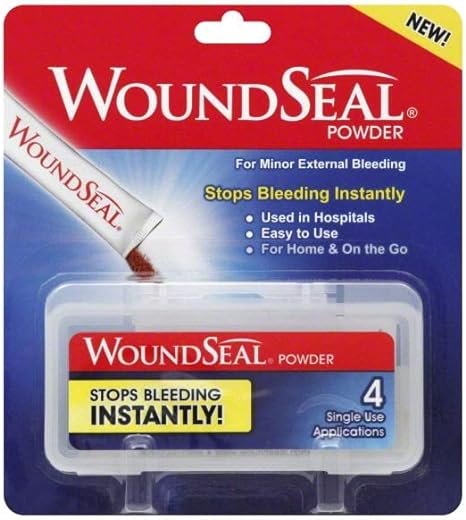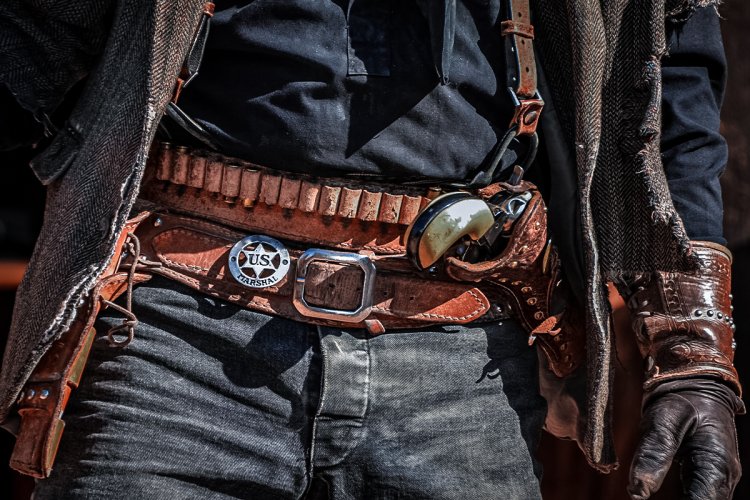seeth07
Well-known member
Well I've learned that my wife and I are too quick going to the tourniquet from this thread. Once we have applied a tourniquet and it sounds like it wasn't necessary based on these posts but it was awhile ago and we honestly didn't know much better. I still don't feel like it hurt though. The first one we were in SE AK and right at the end of processing a blacktail, my knife slipped while cutting out the tenderloin and I hit my wrist really good. It was losing a lot of blood, at a rate of about as fast as you can say "drip...drip...drip". My wife says I never passed out but I don't remember much from it as I was dizzy and lightheaded. My recall of the event the next morning was that I did indeed pass out. She told me that she had put gauze on the wound and wrapped it tight and the blood kept coming through the bandage so she took a rope and used a stick with it to crank it as tight as she could located on my forearm. The bleeding stopped, she addressed the wound again and able to get some anti clot stuff in the wound better since there was no more blood and then later removed her homemade tourniquet and verified the bleeding didn't resume which it didn't. She applied some sutures the next morning to close up the wound that was about 3/4" long.






